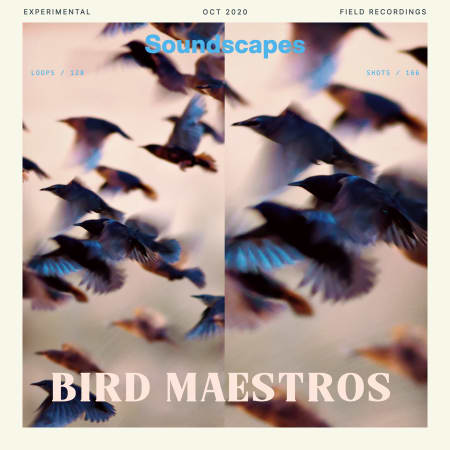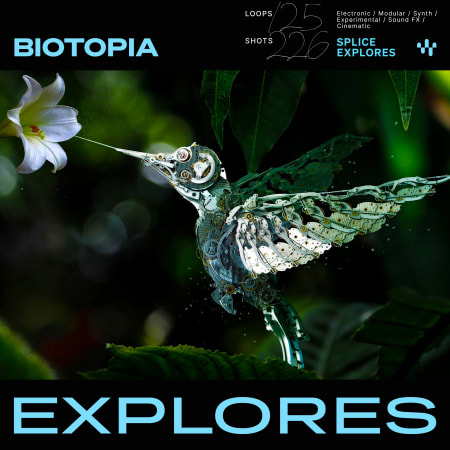The northern mockingbird (Mimus polyglottos) is the only mockingbird commonly found in North America. It’s known for its mimicking ability as reflected by the meaning of its scientific name, "many-tongued thrush." Its distinguished by gray to brown upper feathers and a paler belly. Its tail and wings have white patches that are visible in flight. Ths bird is known for its intelligence. A 2009 study showed that the bird was able to recognize individual humans, particularly noting those who had previously been intruders or threats.
Through David Rothenberg’s work, we’ve learned that “As vocal learners, nightingales acquire their music through the world around them, singing amidst the sounds of humanity in all its contradictions of noise and beauty, hard machinery and soft melody.” Rather than try to capture a sound not made for us to understand, Rothenberg seeks these musical creatures out, clarinet in tow, and creates a new sound with them. The nightingale sounds in this pack are the result of his collaboration with these birds throughout the streets and parks of Berlin.
A lyrebird is either of two species of ground-dwelling Australian birds that compose the genus Menura, and the family Menuridae. They are most notable for their superb ability to mimic natural and artificial sounds from their environment, and the striking beauty of the male bird's huge tail when it is fanned out in courtship display. Lyrebirds have unique plumes of neutral-coloured tailfeathers and are among Australia's best-known native birds.






